Mexico’s Indigenous communities are living testimonies to ancient traditions and
cultural resilience. These villages continue to preserve their ancestral ways of life,
passing down centuries-old customs from generation to generation.
Their commitment to cultural preservation offers invaluable insights into pre-Hispanic
traditions while adapting to modern challenges.
Teotitlán del Valle, Oaxaca
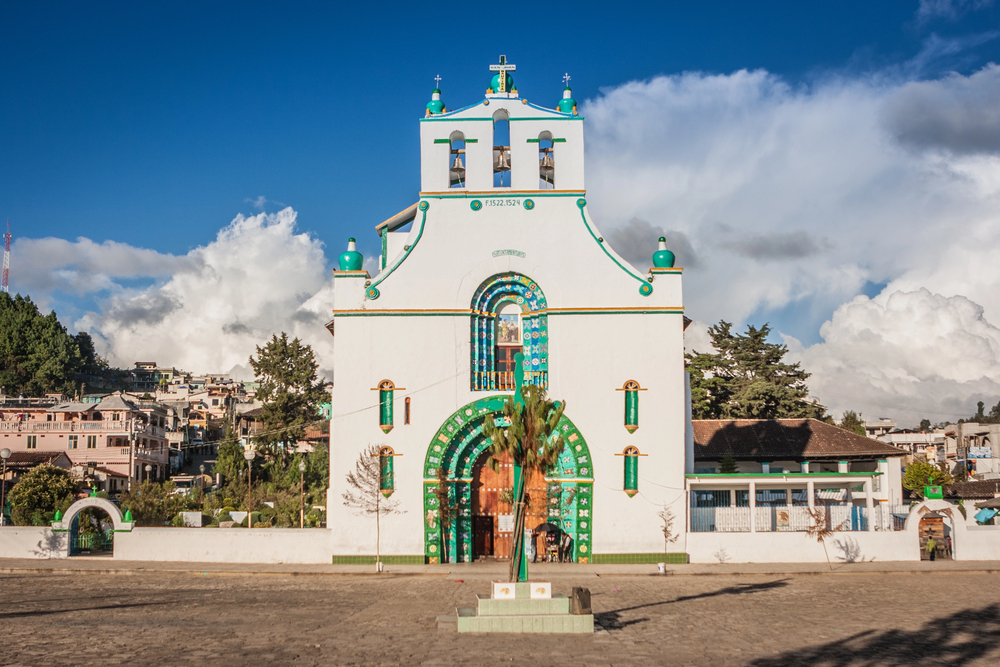
Nestled in the Oaxacan Valley, Teotitlán del Valle maintains its Zapotec weaving
traditions using natural dyes and ancestral techniques. The community’s master
weavers create intricate tapestries featuring symbols that tell stories of their
cosmology and history.
Local artisans cultivate and process their materials, including cochineal insects, to create vibrant red dyes. The village’s cooperative system ensures the preservation of these techniques while providing economic sustainability.
Their textile museum showcases centuries of weaving evolution and serves as an educational center for locals and visitors.
San Juan Chamula, Chiapas
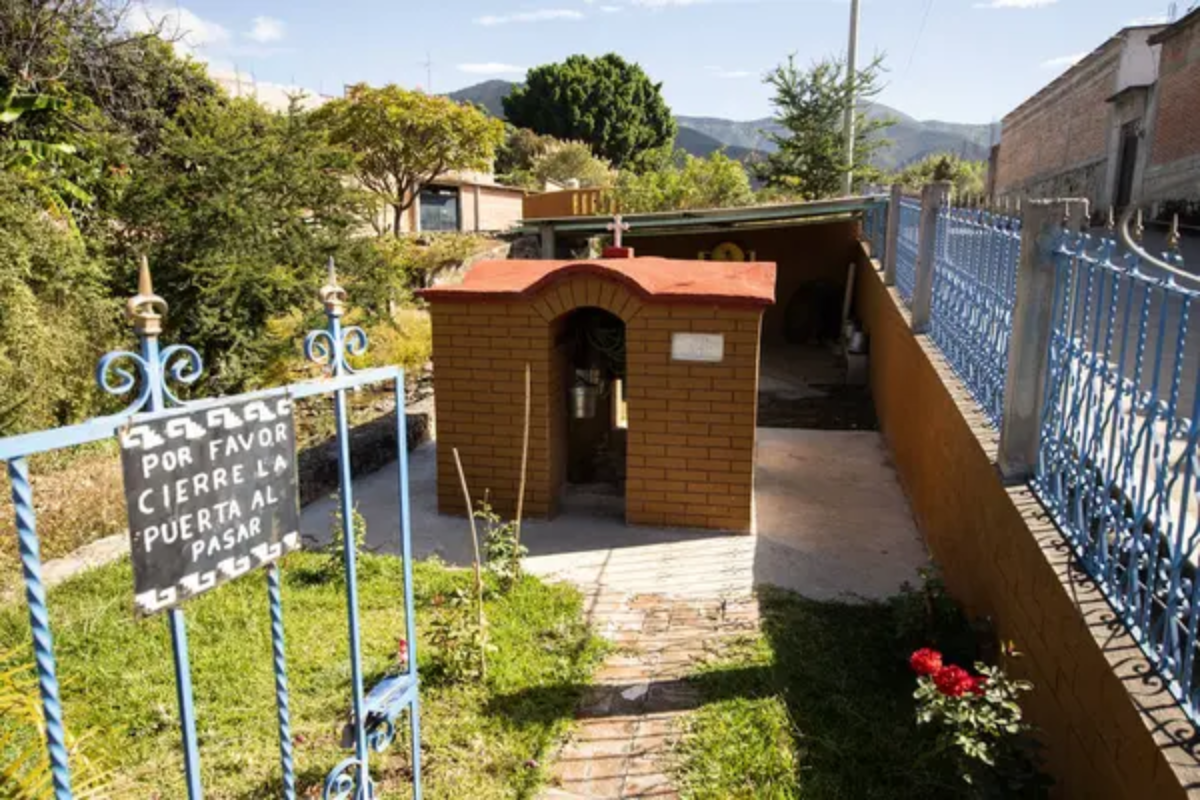
This autonomous Tzotzil Maya community maintains unique religious practices
blending Catholic and pre-Hispanic traditions. Their distinctive church serves as the
center of spiritual life, where traditional healers perform ancient ceremonies.
The village operates under its system of governance based on rotating religious and civil
responsibilities. Community members continue to wear traditional clothing woven
with symbols representing their spiritual beliefs.
The village’s weekly markets maintain ancient trading practices and serve as vital cultural exchange hubs.
Like Travel Pug’s content? Follow us on MSN.
Yaxunah, Yucatán
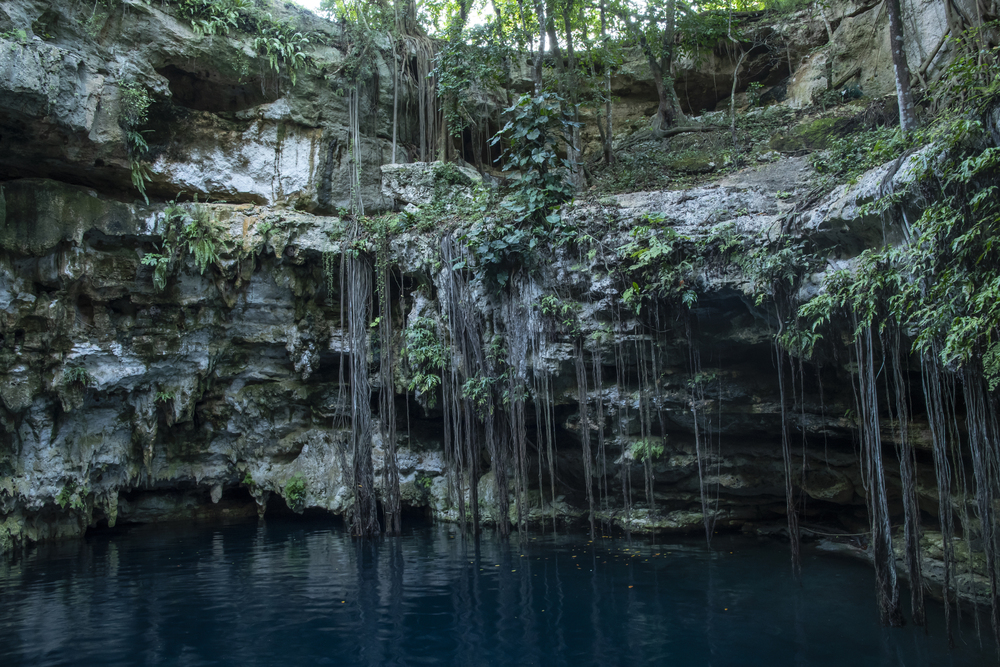
The Maya inhabitants of Yaxunah preserve traditional milpa farming methods
alongside ancient astronomical knowledge. Their agricultural calendar follows
celestial observations passed down through generations of farmers.
The community maintains sacred cenotes where traditional ceremonies are still performed. Village elders teach young people the ancient Maya language and traditional ecological knowledge.
Their community museum houses ancient artifacts and documents that tell the story of their agricultural heritage.
Michoacán Purépecha Villages, Lake Pátzcuaro
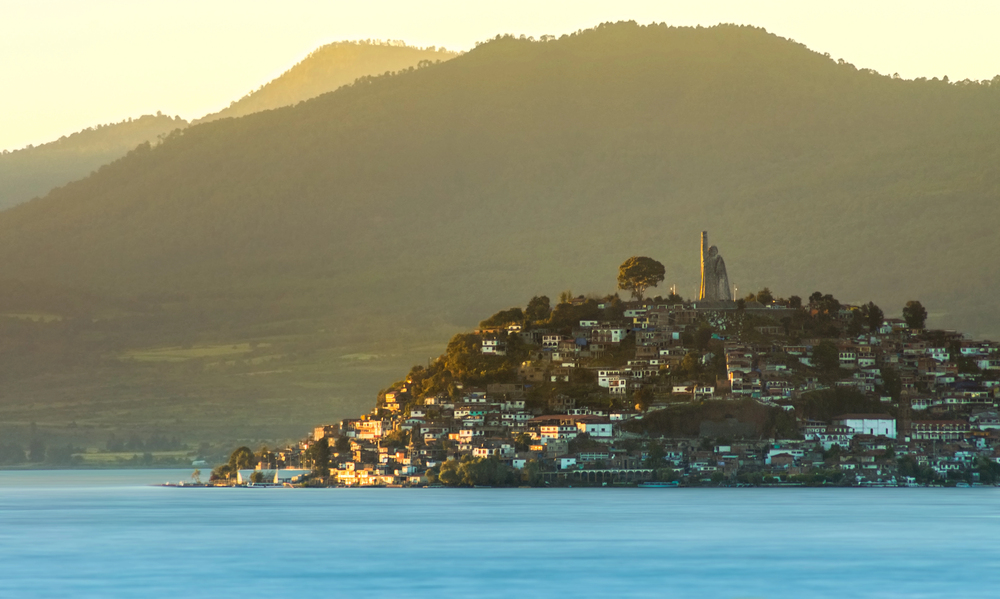
The Purépecha communities around Lake Pátzcuaro maintain their distinctive
pottery and metalworking traditions. Local artisans continue creating ceremonial
masks and traditional musical instruments using ancient techniques.
The villages preserve their unique dialect and oral traditions through community storytelling sessions. Their traditional fishing practices on Lake Pátzcuaro reflect centuries of ecological knowledge.
The communities maintain ancient festivals celebrating their connection to the lake’s ecosystem.
Capulálpam de Méndez, Oaxaca
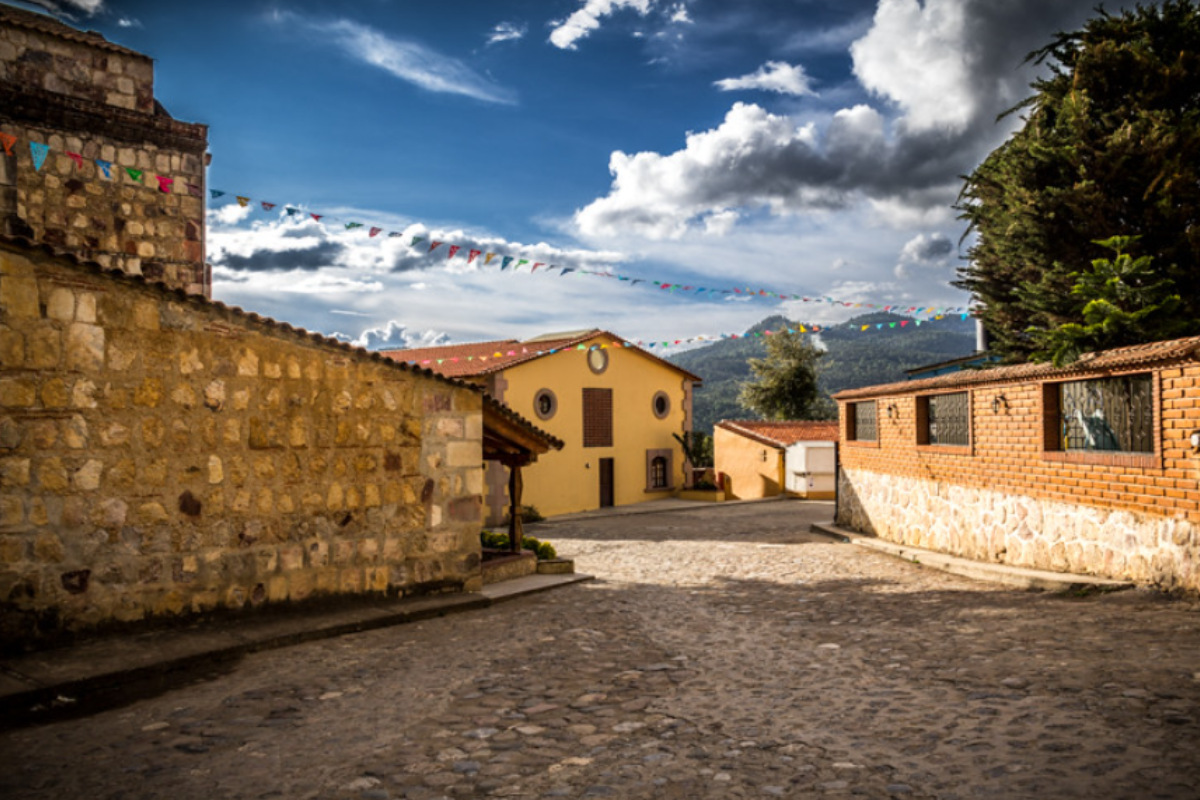
This Sierra Norte community maintains traditional forest management practices
based on communal decision-making. Their sustainable harvesting methods reflect
ancient Zapotec’s understanding of forest ecology.
The village preserves traditional medicine practices using local plants and ancient healing knowledge. Community members continue speaking Zapotec and maintaining traditional governance systems.
Their annual forest ceremony demonstrates the deep spiritual connection between the community and its natural environment.
Like Travel Pug’s content? Follow us on MSN.
Amatenango del Valle, Chiapas
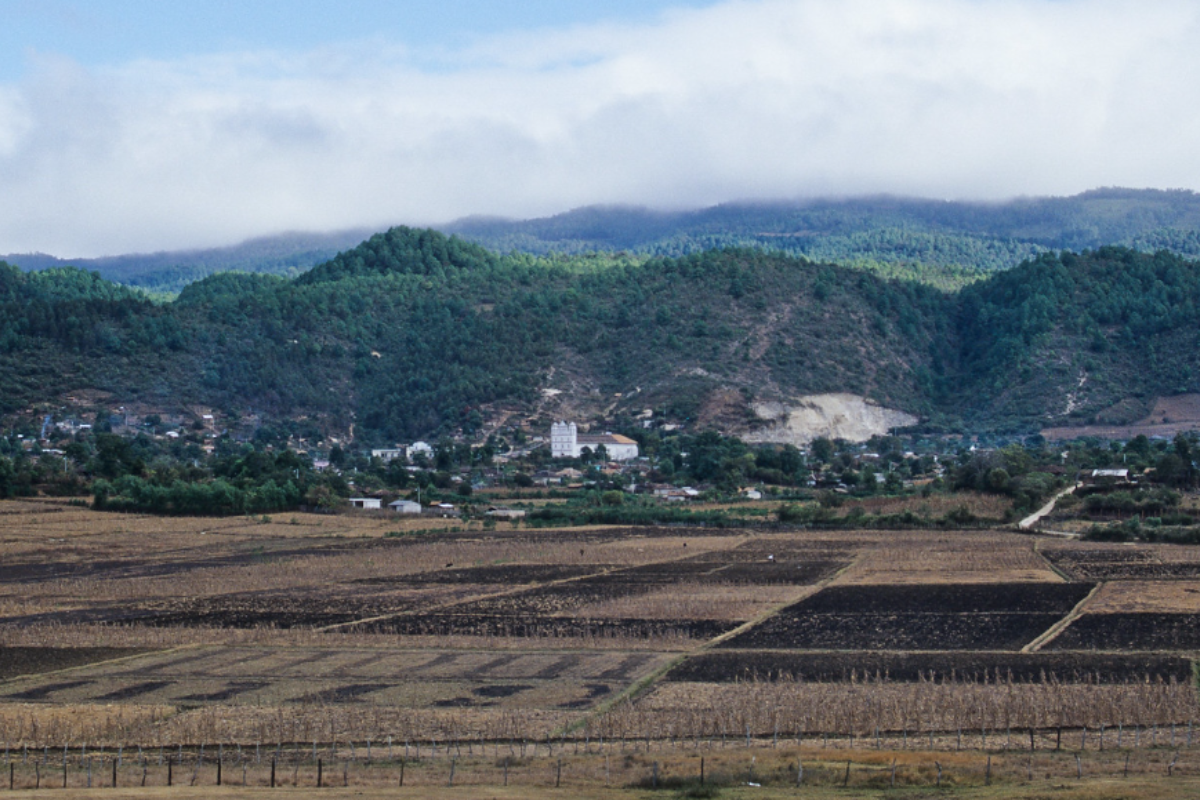
Tzeltal Maya potters in this village preserve ancient ceramic-making techniques
passed down through generations. Women lead the pottery tradition, creating
distinctive pieces using local clay and traditional firing methods.
The community maintains its education system incorporating traditional knowledge and language. Their ceramic designs reflect ancestral symbols and stories.
The community’s pottery school ensures these ancient techniques are passed down to future generations.
Tulum Maya Communities, Quintana Roo
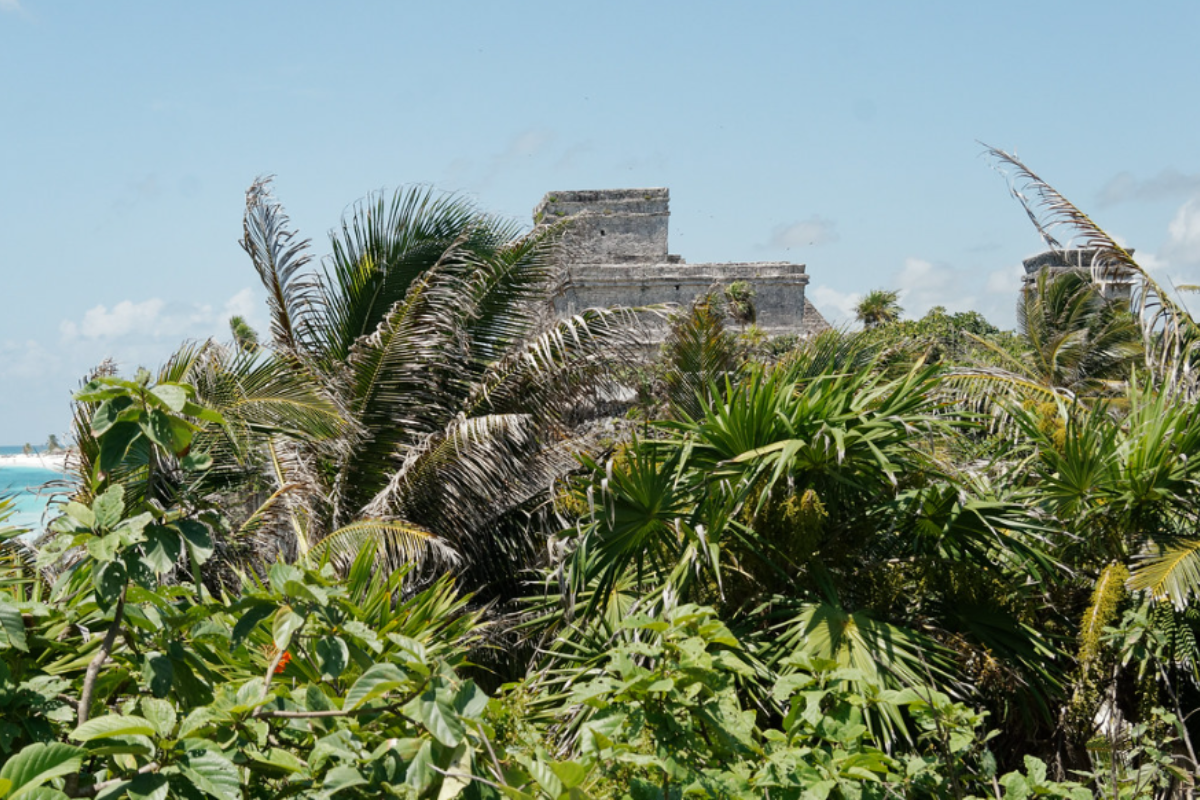
These coastal Maya villages preserve traditional beekeeping practices with native
Melina bees. Community members maintain ancient methods of sustainable fishing
and marine resource management.
Traditional healers continue practicing Maya medicine using local plants and ancient knowledge. The villages preserve ceremonies connected to the ocean and rain cycles.
Their traditional calendar system guides agricultural activities and ceremonial life throughout the year.
Santa Clara del Cobre, Michoacán
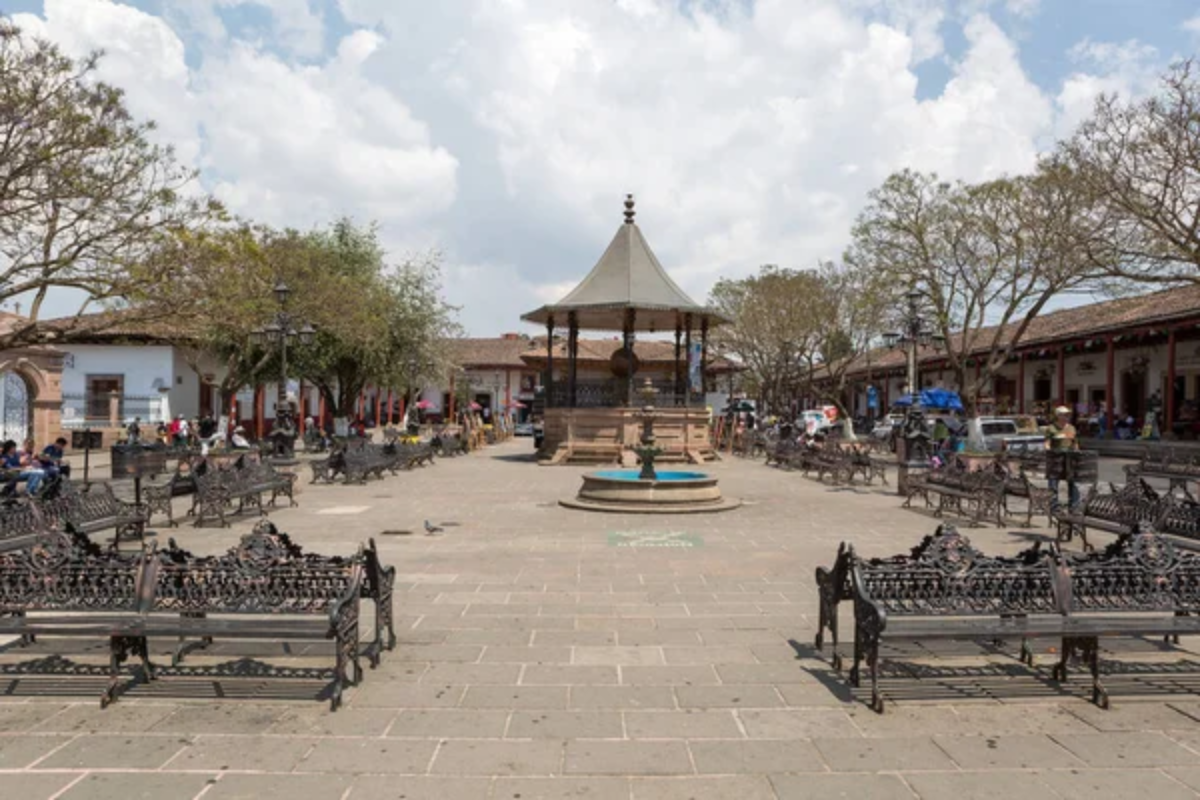
This Purépecha community continues its centuries-old copper-working tradition using
pre-Hispanic techniques. Master artisans teach younger generations through traditional apprenticeship systems.
The village maintains communal workshops where ancient metalworking knowledge is preserved. The pieces incorporate traditional designs representing Purépecha cosmology.
The village’s annual copper art festival attracts artisans from across Mexico who come to share techniques and knowledge.
Like Travel Pug’s content? Follow us on MSN.
San Cristóbal de las Casas Region, Chiapas
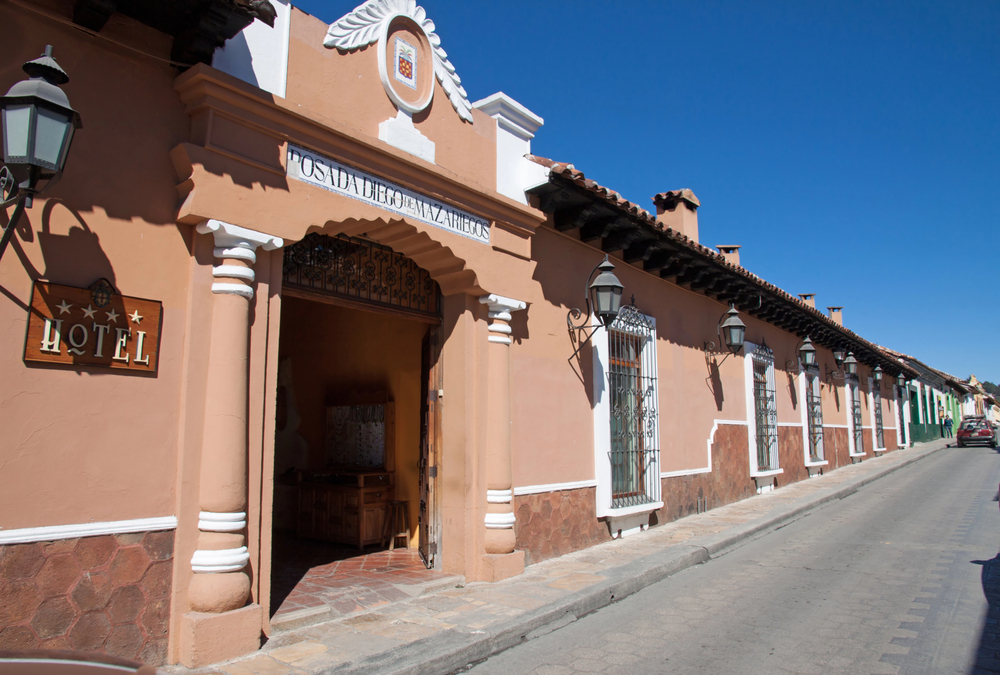
Highland Maya communities in this region maintain traditional textile arts using
backstrap looms. Their weaving patterns contain ancient symbols representing Maya
worldview and history.
Communities preserve traditional music using handmade instruments and ancient compositions. Local markets continue operating through traditional bartering systems.
The region’s textile cooperative helps preserve ancient designs while providing economic opportunities for local artisans.
Hueyapan, Morelos
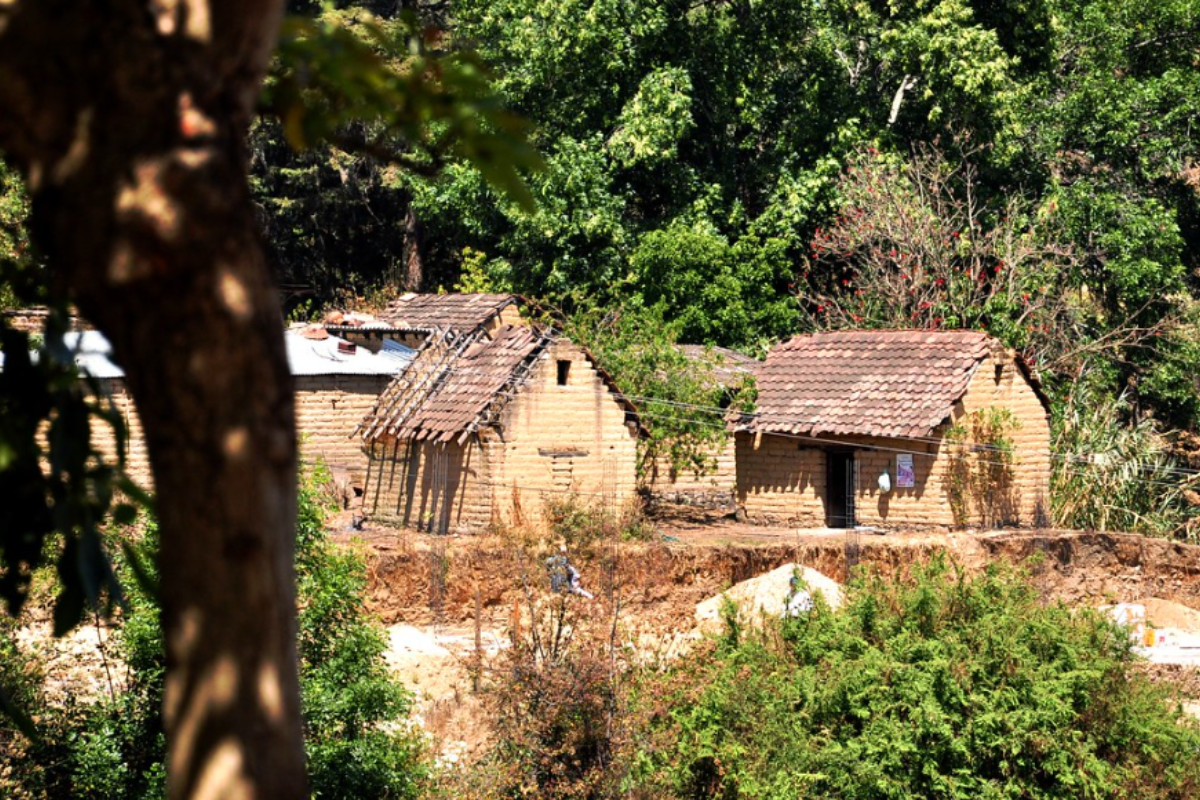
This Nahua community preserves traditional wool textile production using natural
dyes and ancient patterns. Village elders maintain oral histories and traditional
agricultural knowledge.
The community continues performing pre-Hispanic ceremonies related to volcanic activity. Their governance system incorporates traditional consensus-building practices.
The community’s seed bank preserves ancient crop varieties and traditional agricultural knowledge.
Isla de Janitzio, Michoacán
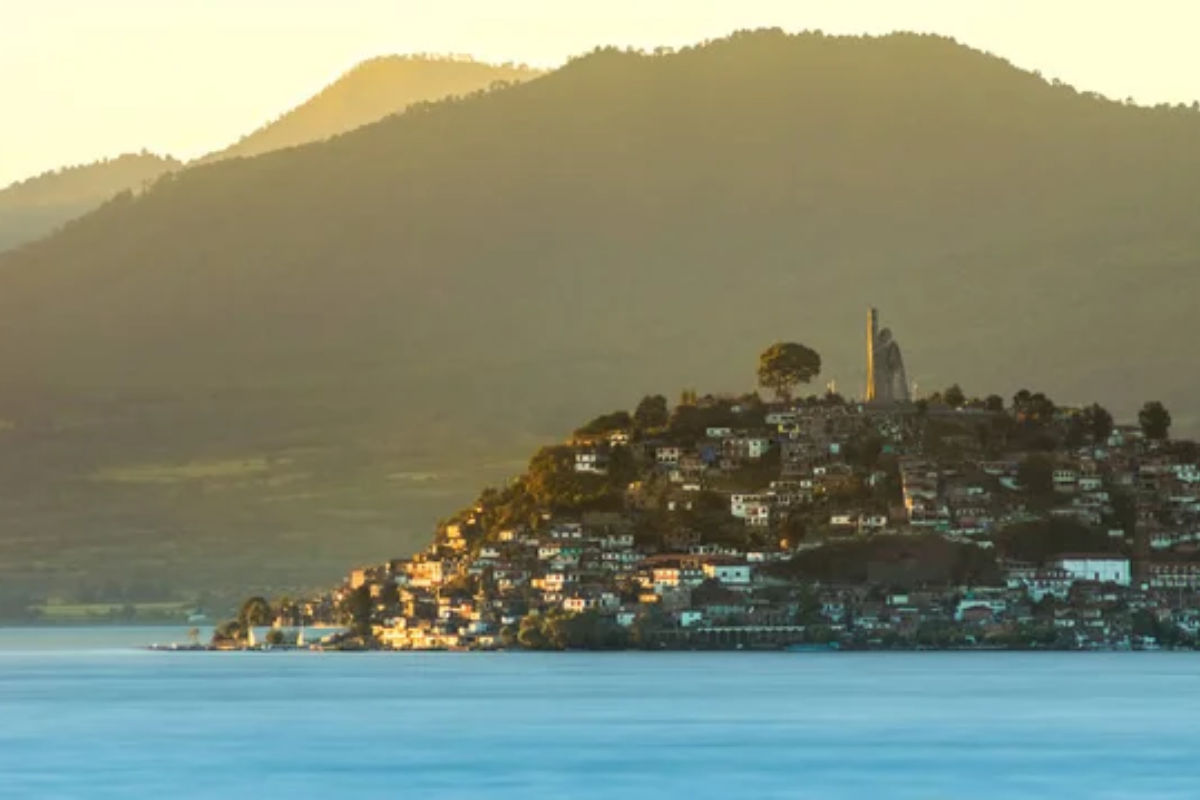
Purépecha fishermen on this lake island use traditional butterfly net fishing
techniques. The community preserves ancient ceremonies honoring their ancestors
and lake spirits.
Traditional boat-building methods continue using local materials and ancient knowledge. The island’s market system maintains traditional trading practices.
Night fishing traditions include ancient songs and rituals that honor the lake’s spirits.
Like Travel Pug’s content? Follow us on MSN.
Cuetzalan, Puebla
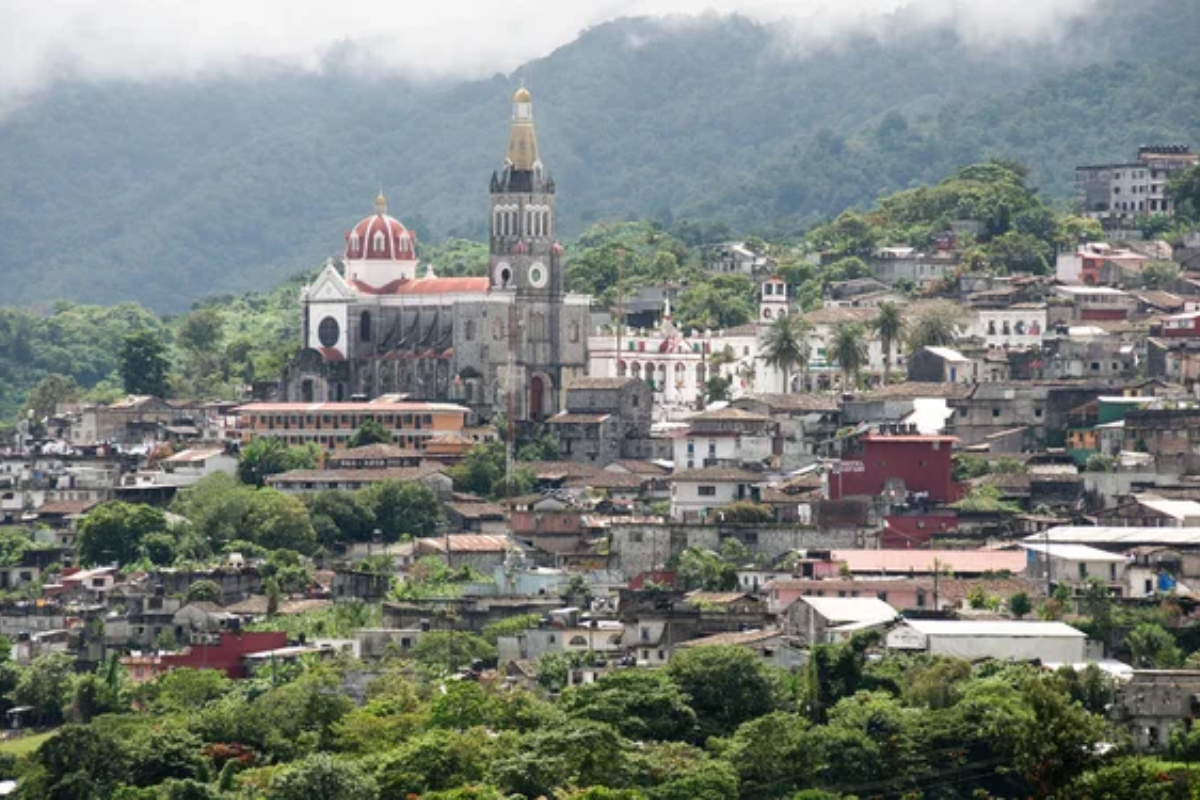
Nahua and Totonac communities in this region preserve traditional vanilla cultivation
methods. Their traditional healers maintain ancient knowledge of medicinal plants
and spiritual practices.
The villages continue performing the ancient Voladores ceremony. Community members preserve traditional coffee growing techniques alongside ancient agroforestry practices.
Their living seed bank maintains hundreds of native plant species used in traditional medicine and ceremonies.
San Juan Nuevo, Michoacán
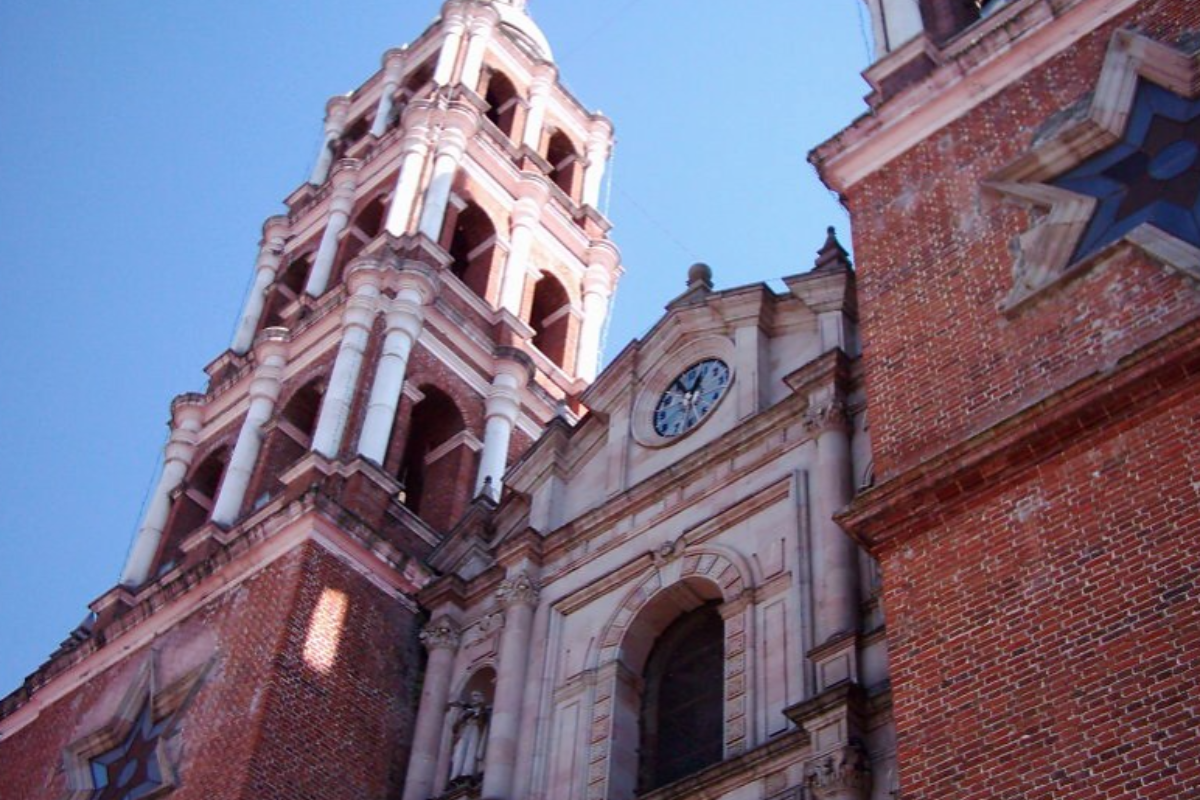
This Purépecha community maintains traditional resin harvesting practices in its
communal forests. Its forest management system incorporates ancient ecological
knowledge and spiritual beliefs.
The village preserves traditional music using unique wind instruments. Community ceremonies continue to mark agricultural and celestial cycles. Its forest school teaches young people traditional ecological knowledge and sustainable harvesting practices.
Huautla de Jiménez, Oaxaca
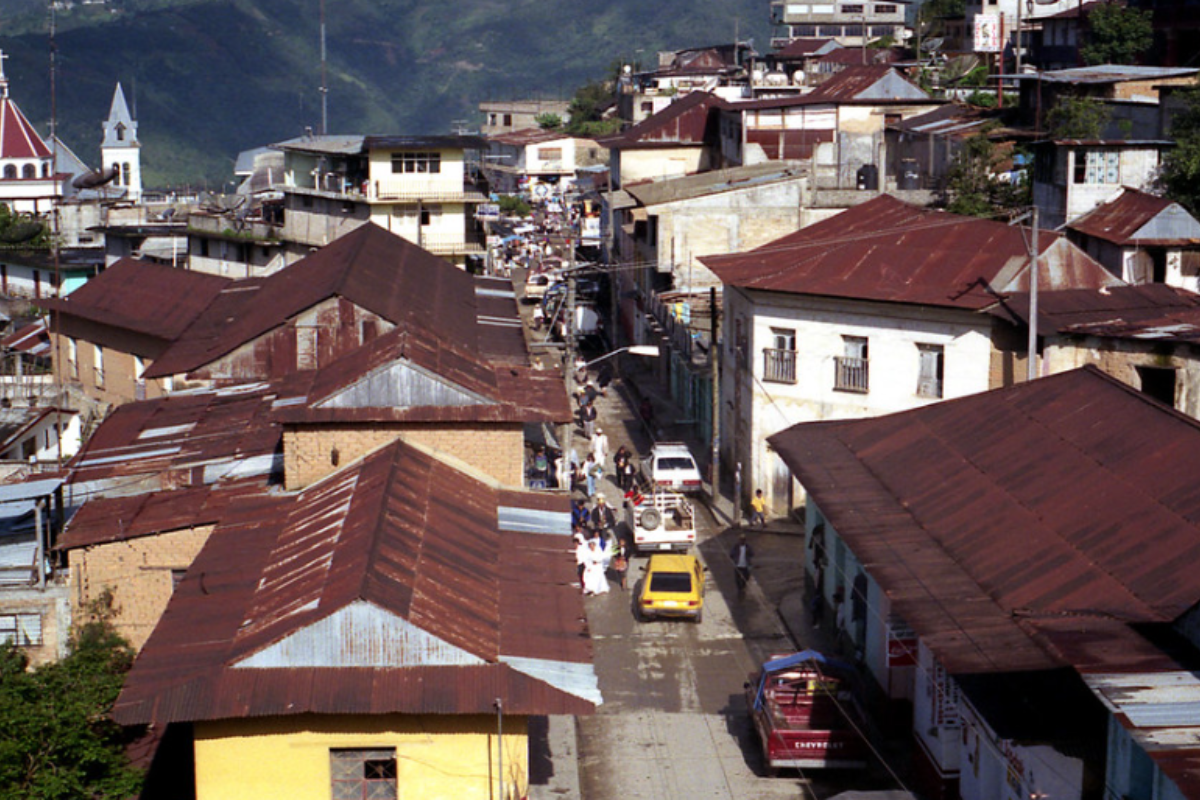
Mazatec communities in this region preserve traditional spiritual practices and
healing ceremonies. Village healers maintain ancient knowledge of sacred plants
and their ceremonial uses.
The community preserves its unique whistled language for communication across mountains. Traditional governance systems incorporate spiritual leadership roles.
The community maintains a sacred cave system where ancient ceremonies continue.
Like Travel Pug’s content? Follow us on MSN.
Mixe Communities, Oaxaca
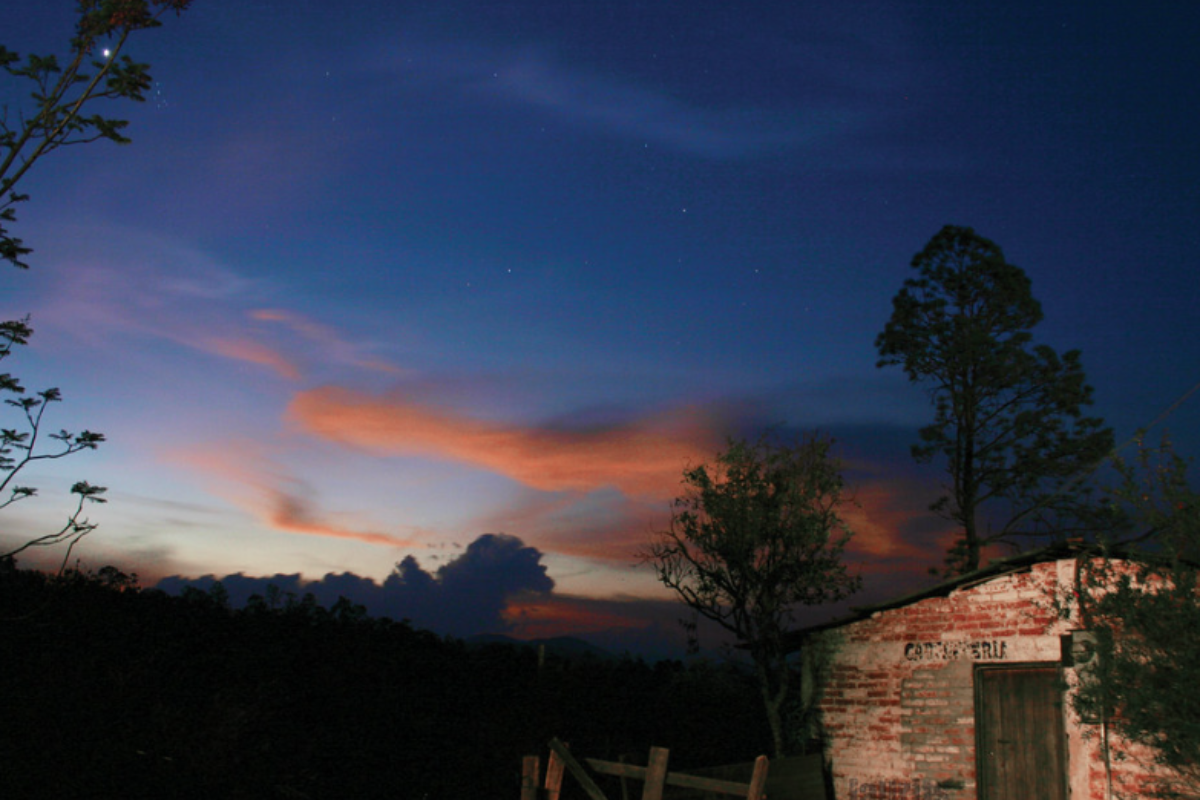
These highland villages maintain traditional music traditions with unique brass
bands. Community members preserve ancient agricultural techniques adapted to
mountain environments.
The villages continue operating under traditional systems of communal work and decision-making. Their ceremonies integrate pre-Hispanic elements with contemporary practices.
The communities’ music school ensures young people learn traditional instruments and ancient musical compositions.
Indigenous Heritage: Living Wisdom Today
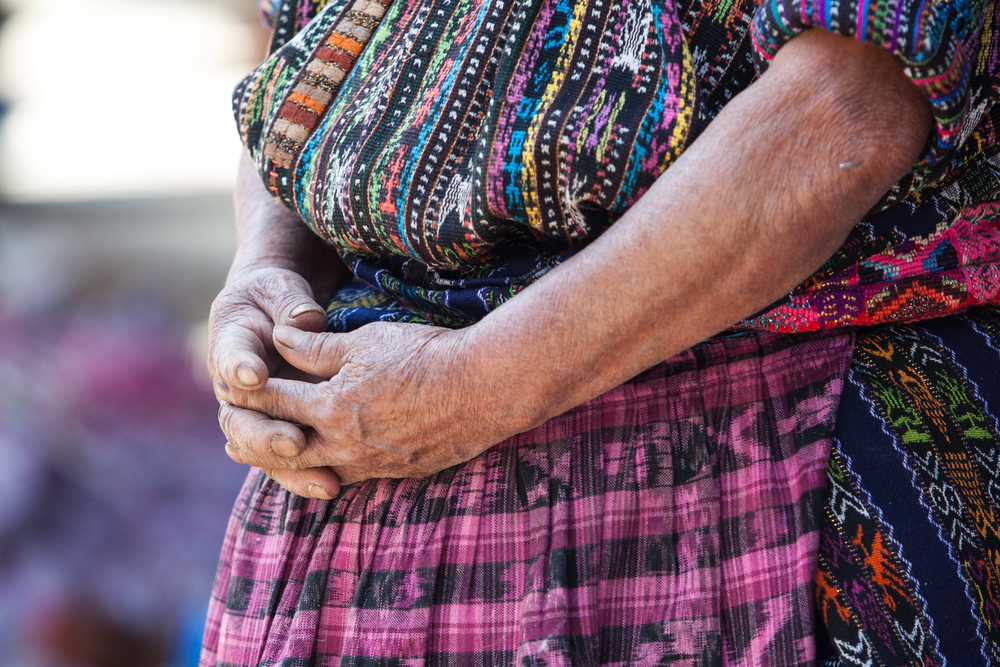
These communities demonstrate Indigenous knowledge systems’ enduring strength
and relevance to contemporary challenges. Their preservation of ancestral ways
provides crucial lessons in sustainable living and cultural resilience.
As these villages continue adapting their traditions to modern contexts, they ensure
the survival of invaluable cultural heritage for future generations.
More from Travel Pug

- 15 Dangerous European Cities to Avoid
- 15 Caribbean Islands Where Tourists Keep Getting Scammed
- The 20 Most Fascinating Abandoned Places: A Journey Through Time and Forgotten Spaces
- 15 Hidden Places in the Smithsonian Museums Locals Love: A Guide to Lesser-Known Treasures
- 16 Hidden Florida Beach Towns That Aren’t Overrun with Tourists
Like Travel Pug’s content? Follow us on MSN.
